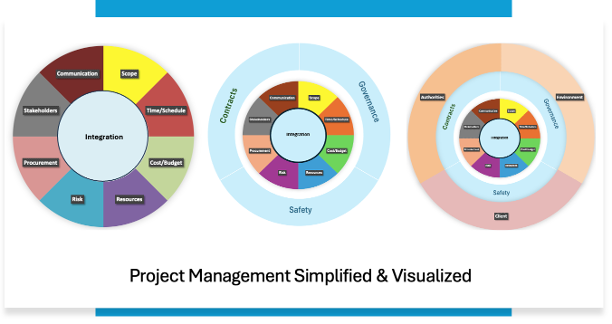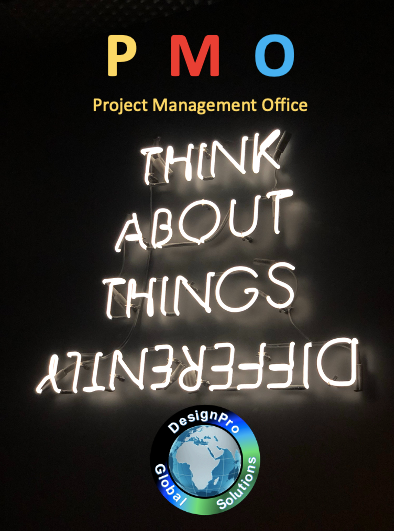CO2: Waste, Wealth, or Doom?
Download the White Paper Want to cut emissions primarily? Start by not producing them where possible in the first place. Then decarbonise where you can. And, utilise CO₂, an industrial asset whee it ads value And let nature keep absorbing, that means do not Destroy it It’s time to shift from climate risk to commercial […]
Project Management Simplified & Visualised

Project Management in today’s VUCA world Project Management is characterised by Volatility, Uncertainty, Complexity, and Ambiguity is more challenging than ever. Volatility refers to the rapid and unpredictable nature of change. Uncertainty highlights the lack of predictability, especially in costs and technological advancements. Complexity stems from the interconnected nature of multiple factors influencing a project. Ambiguity arises when clear cause-and-effect […]
Escape the Green Hydrogen Bubble

The Hydrogen Bubble is inflated by policy and subsidy-driven enthusiasm but mostly unsupported by commercial viability and / or executional readiness. With approximately > 1,500 project announcements to date and only around 217 (+/–) having reached Final Investment Decision (FID) or construction, real execution is drifting already dangerously far from the 2030 decarbonisation goals. Core […]
PMO Coaching

P M O – C O A C H I N G the principles and steps are laid out for you in a visual and easy way in the video But…….. You need to write up, get approval and implement the necessary management plans for — EHS — Communication — Risk — Quality — Procurement […]
HAZARDOUS AREAS

If your working with hydrogen or ammonia for example in a “green”, “blue” or “grey” environment and you understand this video below then that’s terrific, alternatively if you find the whole hazardous area system confusing then it’s time to talk to us info@designproconsultancy.com or schedule a free consultation […]
Constructibility Review

What is Constructibility Review? Constructibility review is an ongoing process to enable that the right engineering deliverables will be completed supporting the required construction sequence in a timely manner. This we also call construction-driven engineering. In order to do a constructibility review, construction experts or trade specialists need to get involved during the engineering design […]










